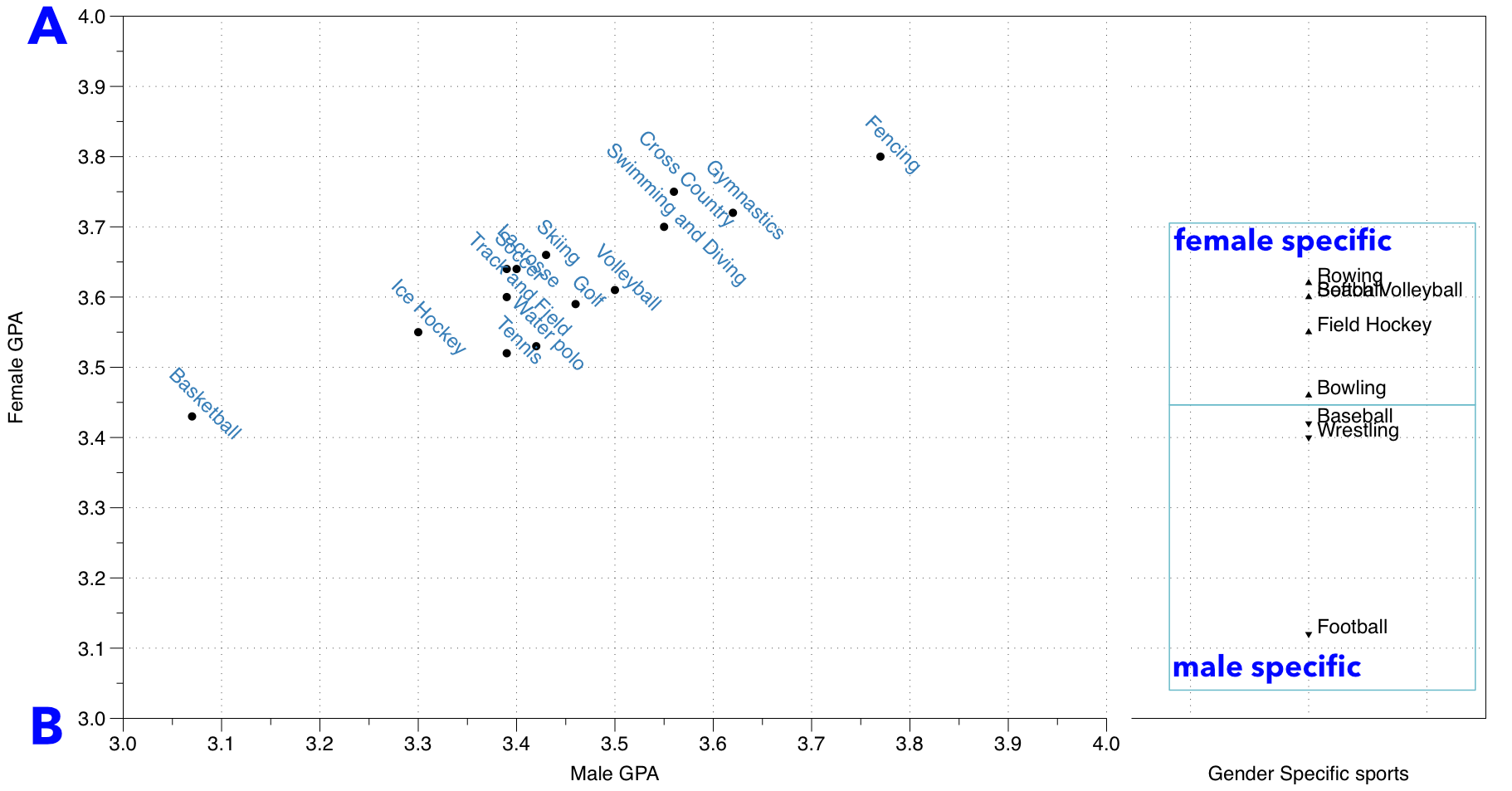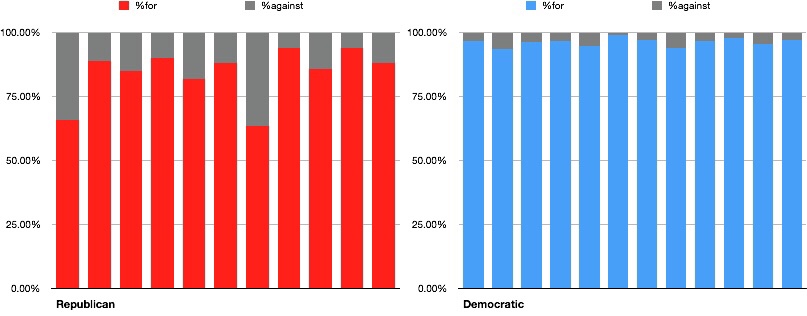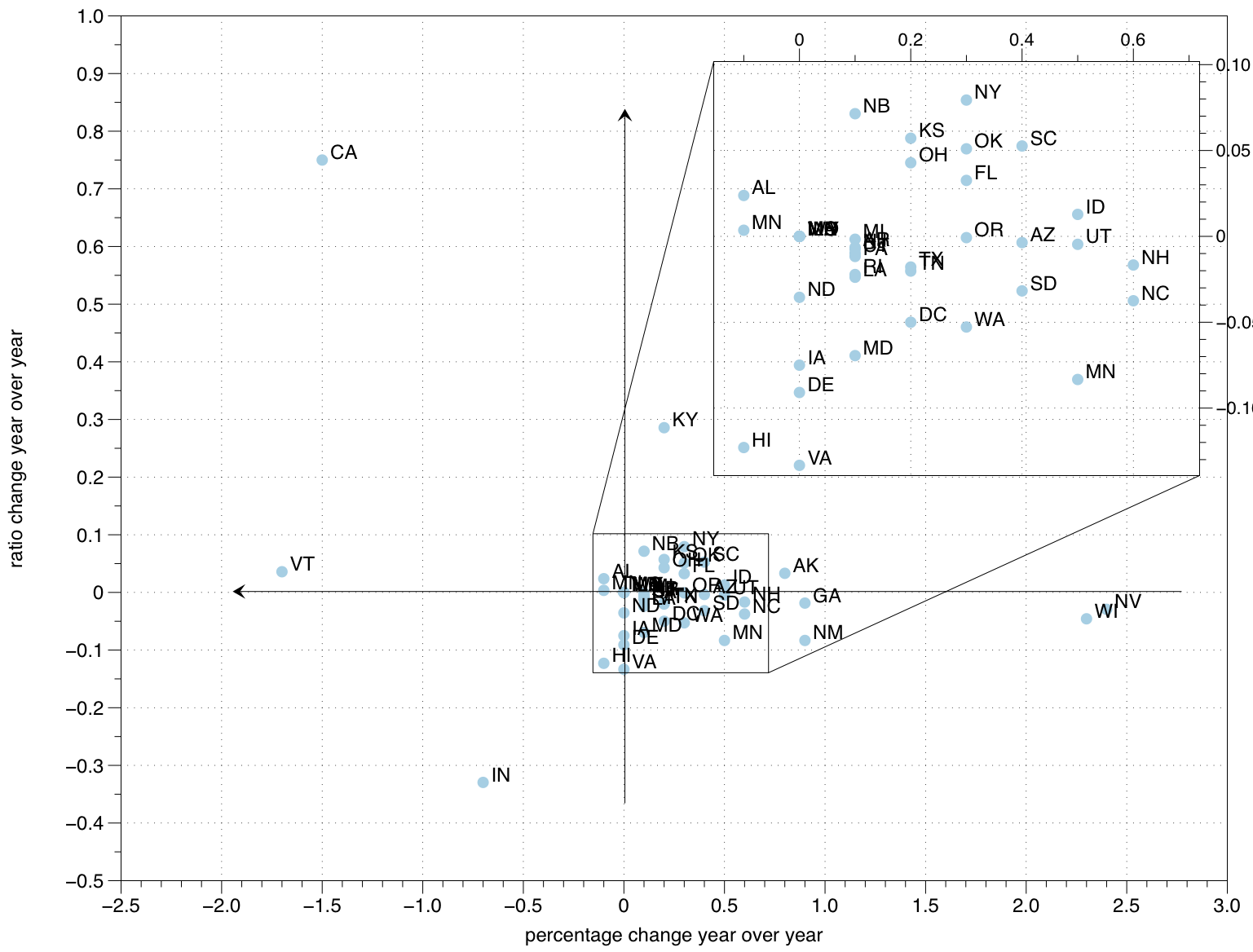
Before May 14, 2020, Texas reporting of coronavirus test mixed results from two different kinds of tests: the PCR tests and the antibody tests. The PCR test looks for the presence of the genetic material of SARS-COV-2, it answers the question: “Is the patient infected and contagious?”
The other kind, the antibody test, looks for the presence of early antibodies in the blood. It answers the question, “Has the patient been infected in the past?” At this time, we do not know if the presence of antibodies confers immunity to the virus.
Mixing the two results is highly problematic. It can make it appear that there are fewer infectious individuals, since antibody tests tend to come up negative more, and that inflates the denominator. Part of the reason why Gov Abbott proceeded with Phase 2 in reopening Texas activities is be attributed the increasing rate of detected infections to an increased number tests happening. However, that is not the case – much of this increase is due to mixing of the antibody tests. The rate of PCR tests is almost flat, but the rate of new infected cases continue to rise.






